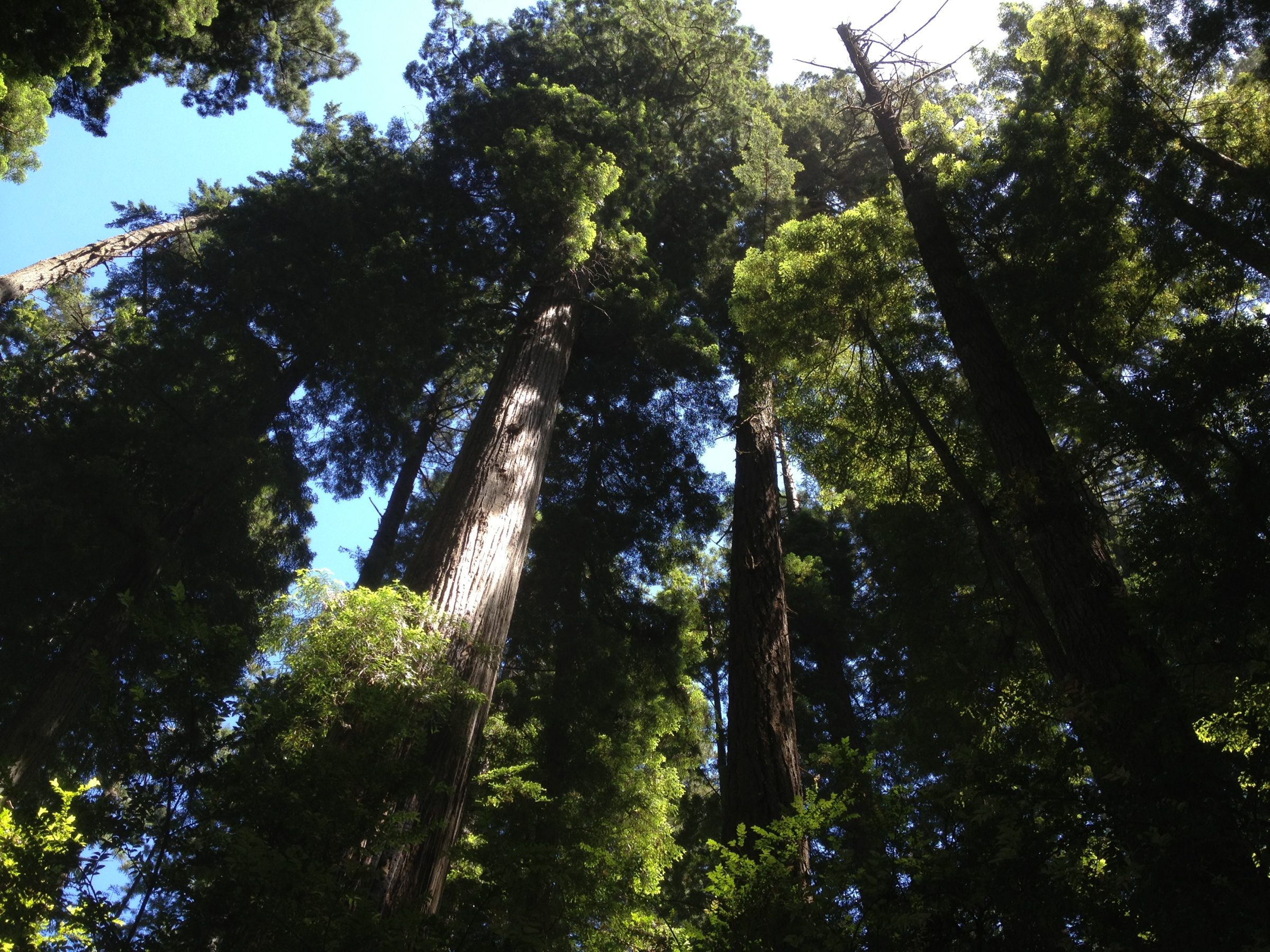It has generally been thought that flooding made the northern floodplains on our planet fertile. But in reality, those waters contained almost no nitrogen which is a key ingredient for growing plants. So how did the nitrogen get there that’s so important for plant life? School of Environmental and Forest Sciences Professor and Director Tom DeLuca explains the key link that has allowed grasslands to thrive in this region.
Read more »Peak Oil may keep catastrophic climate change in check
College of the Environment Oceanography Professor Jim Murray led a panel discussion at the recent Geological Society of America meeting in Denver, talking about carbon emissions and their connection to climate change. Panelists argue that the catastrophic effects of climate change may be averted not because of policy changes in how we use fossil fuels, but in the availability of the fossil fuels themselves.
Read more »More wildfires, earlier snowmelt, coastal threats top Northwest climate risks
The Pacific Northwest will face increased risks from declining forest health, earlier snowmelt and an array of coastal issues, according to a new comprehensive report on what climate change means for Washington, Oregon and Idaho. Amy Snover, director of the University of Washington’s Climate Impacts Group, was one of three editors of the 270-page report published this week by Island Press.
Read more »Crashing rockets could lead to novel sample-return technology
During spring break the last five years, a University of Washington class has headed to the Nevada desert to launch rockets and learn more about the science and engineering involved. Sometimes, the launch would fail and a rocket smacked hard into the ground. This year, the session included launches from a balloon that were deliberately directed into a dry lakebed. Far from being failures, these were early tests of a concept that in the future could be used to collect and return samples from forbidding environments – an erupting volcano, a melting nuclear reactor or even an asteroid in space.
Read more »Redwood trees reveal history of West Coast rain, fog, ocean conditions
Many people use tree ring records to see into the past. But redwoods – the iconic trees that are the world’s tallest living things – have so far proven too erratic in their growth patterns to help with reconstructing historic climate. A University of Washington researcher has developed a way to use the trees as a window into coastal conditions, using oxygen and carbon atoms in the wood to detect fog and rainfall in previous seasons.
Read more »



